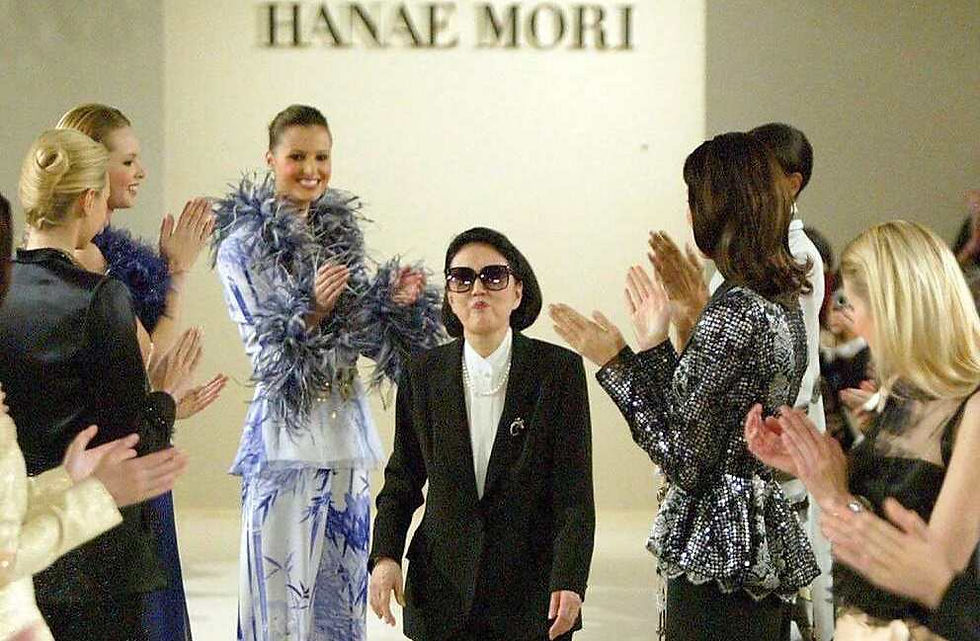Hiroshi Senju
- Japan Society of Boston

- Feb 27, 2023
- 2 min read
Updated: Mar 10, 2023

Hiroshi Senju (千住 博) is a New York-based artist who uses Nihonga (traditional Japanese) style to create both grand and highly detailed works that captivate audiences from all backgrounds. Nihonga style is understood as a reaction to the influx of western ideas in the Meiji period, aiming to preserve traditional styles and techniques while adapting them to contemporary subjects and tastes.
Born in 1958 in Tokyo and the oldest of three children, Senju was exposed to the ever-changing landscape of post-war Tokyo, witnessing firsthand how the influx of both contemporary and western ideas interacted with the ancient and recently scarred fabric of his city.
His art career didn’t start until his time at Tokyo University of Arts (TUA) in the early to late 1980s where he completed their Bachelors, Masters, and Doctorate programs in Fine Arts. He kicked off his personal career with his first solo expedition The End of Dream held in Sydney, Australia in 1989. In the following decade, he participated in expeditions both personal and collective around the world and was also featured in prestigious art magazines. After becoming the first Asian artist to receive an award at the La Biennale di Venezia (The Venice Biennale) art institution show in 1995, he moved to New York City to be better connected to the world art community, reasoning that the internet of the time was not capable of providing a fast enough communication mode that could support the needs of artists.

The corpus of Senju's work consists of waterfall pieces ranging in size from small-scale works to experiences that take up whole rooms. His works also vary in where and how they are presented. Many can be found in galleries and museums as more academic exhibitions, but they also find homes on the panels of Japanese-style rooms in temples and in solitary installations. In the public art sphere, they can be found in places including Haneda Airport, Tokyo Metro stations, a handful of corporate building lobbies, and even at world conferences.
Further Reading:
Works Cited
Diamond Online Editorial Team. “千住 博悠久なる自然に自己を封印する.” ダイヤモンド・オンライン, March 27, 2010. https://diamond.jp/articles/-/7138.
Friends of the Japanese House and Garden. "File:Shofuso Hiroshi Senju Mural.JPG", Japanese House and Garden (Shofuso), Wikimedia Commons, May 8, 2007. https://commons.wikimedia.org/wiki/File:Shofuso_Hiroshi_Senju_Mural.JPG.
“Hiroshi Senju Main Page.” Hiroshi Senju. https://www.hiroshisenju.com/about.
“Hiroshi Senju.” Sundaram Tagore. https://www.sundaramtagore.com/artists/hiroshi-senju/biography.
Jamieson, Anna. “Hiroshi Senju: The Art of Waterfall Interiors.” Japan Objects. Japan Objects, July 3, 2020. https://japanobjects.com/features/hiroshi-senju.
Milovanovic-Mladenovic, Tatiana. “10 Questions with Renowned Japanese Artist Hiroshi Senju.” Tokyo Weekender, July 14, 2021. https://www.tokyoweekender.com/2021/07/10-questions-with-renowned-japanese-artist-hiroshi-senju/.
“Nihonga Movement Overview.” The Art Story. https://www.theartstory.org/movement/nihonga/.






